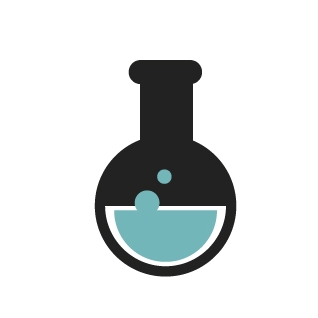This is direct price to the consumer at a store, not the cost of production. These things are different due to subsidies and externalities. Animal agriculture tends to have a lot of both.
Why is my Tofu not on the chart!!!
Monetary cost is the wrong y-axis here, as it optimkzes only for mega-scale farming without taking its real costs in consideration. It should be ‘true cost’, which also accounts for environmental-, animal- and climate mitigation cost.
Peanuts aren’t a nut? I feel deeply betrayed.
not in a biological sense no. peanuts and almonds are legumes.
Basically there is a difference between the biological and the culinary definition for some foods. For instance a common example is that bananas are berries, and neither strawberries nor raspberries are berries biologically, However the culinary definition would treat them as the oppisite. same idea with Tomatoes (biologically a fruit, culinarily a vegetable)
Almonds are nuts, they’re the seeds of the almond tree.
You can’t escape BEAN
Legendary Legume Lifeforce
In my opinion it’s more useful to look at grams of protein per kcal. You can only eat so many calories in a day, so that dictates your protein intake for a large part. If you eat 2000 kcal worth of peanuts, you’d ingest 80 grams of protein. With chickpeas that would be 110 grams and with chicken breast 425 grams. You don’t eat just protein rich things, so the higher the value, the higher your chances of ingesting enough protein when combined with (other) vegetables, grains, rice, oil, etc.
I know that some people will read this comment as if I’m promoting meat consumption, so let me add that I firmly believe that the world would be a better place if we ate a lot less meat. I’m just using these examples for demonstration purposes, as they’re all at the right side of the graph. It’s always an option to supplement with a plant based protein powder.
Can we have the same with the other components? Like Fats, Fibers, Glucids…
But do it right next time, not ignoring subsidies and environmental cost.





